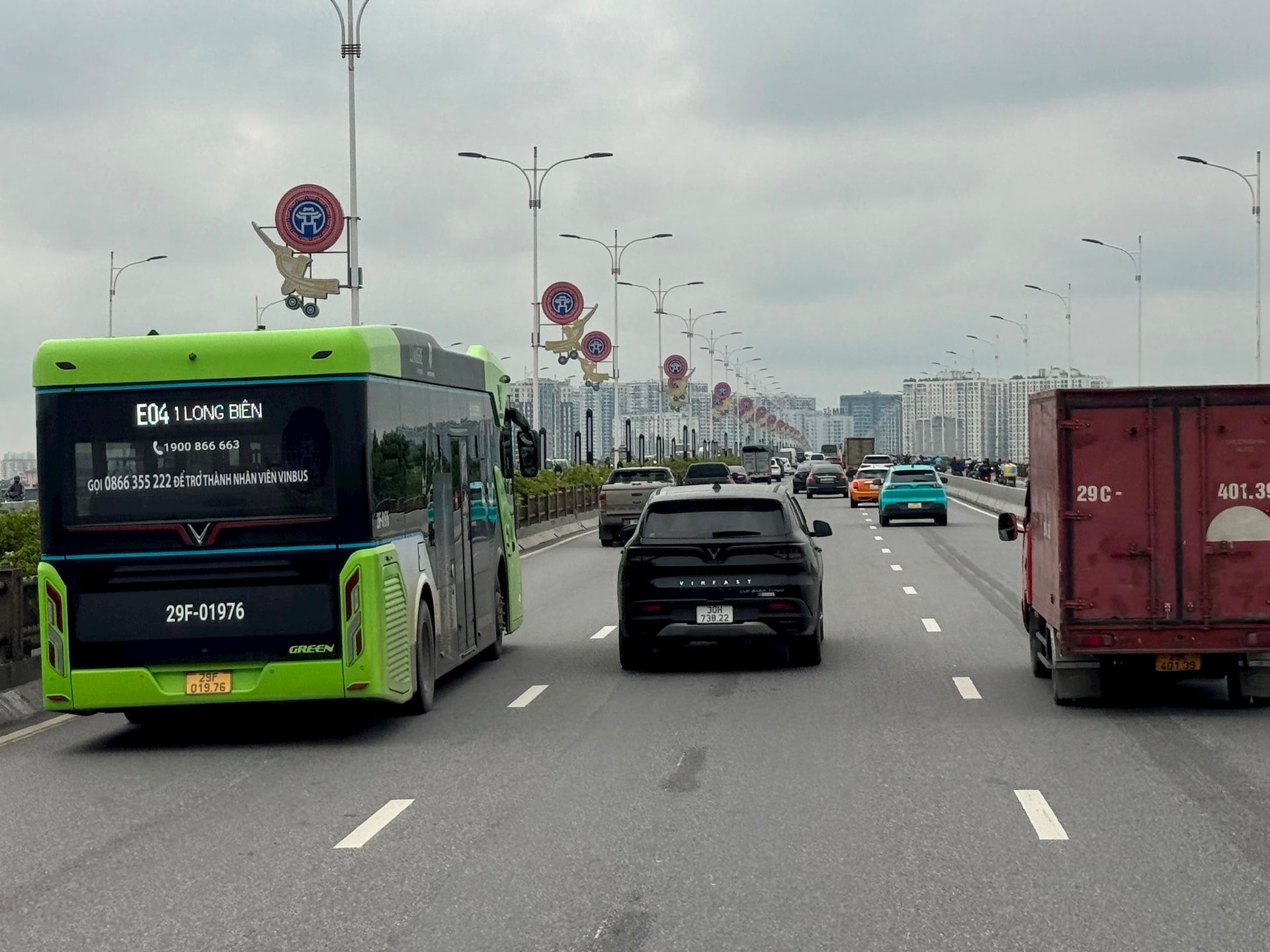
At the seminar "Developing green vehicles in Vietnam: Towards the Net Zero target" held on March 27 in Hanoi, some opinions said that converting and replacing these "emission stations" is not only an action in line with the general trend worldwide, but also an urgent task if Vietnam wants to achieve the goal of achieving net zero emissions - also known as Net Zero by 2050 as the Government has committed.
Recently, Vietnam has been making strong moves in promoting the "green" car market, which is forecast to grow strongly in the future, with the third largest population in ASEAN. While some other countries are implementing very strongly, Vietnam, although having a clear shift, the rate is not high. Because there are still many problems with habits, limited charging station infrastructure, high green car prices, not many strong enough incentive policies or consumer psychology is not ready...
Sharing at the discussion, Mr. Luong Quang Huy - Head of Greenhouse Gas Emission Management Department, Department of Climate Change (Ministry of Agriculture and Environment) emphasized that we are committed to achieving net zero emissions by 2050. The commitment has been implemented since 2021 for nearly 3.5 years. “In 2021, we have calculated the scenario to see if we can do it? In fact, from the beginning, if we continue to develop as we are now, with a few more million USD invested, it will take until 2085 for us to achieve net zero emissions. However, with political determination, we have set a target of 2050. According to calculations, to invest in the fields, we need to invest more than 400 billion USD”. According to Mr. Huy, there have been a series of policies, especially development policies, to implement the reduction of net zero emissions. “Currently, we are still quite dependent on fossil energy, somewhere around 30%; 17-18% on oil and gas electricity; 20-21% on wind and solar power... Now we encourage manufacturers to produce electric vehicles and build charging stations for people to use. So, where is the electricity to use? Who transmits the electricity to places with charging stations? This is an extremely hot issue that is being concerned and calculated,” Mr. Huy raised the issue.
Sharing the same view, Dr. Tran Huu Minh - Chief of Office of the National Traffic Safety Committee noted the issue of fossil energy being exhausted. He said: For Vietnam, switching to electric energy is necessary because fossil energy will gradually run out, and will no longer exist in the future. We are having a tendency for people to use personal vehicles more and more, which is not wrong. Because when economic growth increases, people's income increases, and living standards increase, owning more assets is a means of demonstrating prosperity and social development. Therefore, we should green our vehicles as quickly as possible, with less damage in the energy sector. " This expert also emphasized that the guidance from the management agency plays a very important role in helping us achieve our goals. Recently, when we improved the legal regulations, they have been implemented much more effectively.
According to this expert, currently, in terms of air quality, CO2 and other toxic substances come from many different sources. But in general, the overall picture of air pollution in Hanoi is posing many challenges. This is shown through data, which is carried out by monitoring devices, devices that have been tested. Therefore, these are "non-lie" data. "Pollution sources come from many different sources, but it must be said that the source from transportation contributes a relatively high proportion. Because according to recent monitoring data, the part from dust and emissions that affect people comes from 50-60% from transportation. It can be said that transportation is a relatively large contributor" - Mr. Minh stated.
Meanwhile, Mr. Dao Cong Quyet - Head of the Communications Subcommittee - Vietnam Automobile Manufacturers Association (VAMA): We divide it into 3 stages: 2022-2030 market dissolution; 2030 - 2040 market development and after 2040 and sustainable development... Proposing policy support criteria for electric vehicles such as BEV, HEV,... supporting charging station infrastructure system... Therefore, with support for customers and manufacturers, registration tax, we completely agree that 100% for electric vehicles is very good. But VAMA proposes to support 70% for PHEV vehicles and 50% for HEV vehicles.
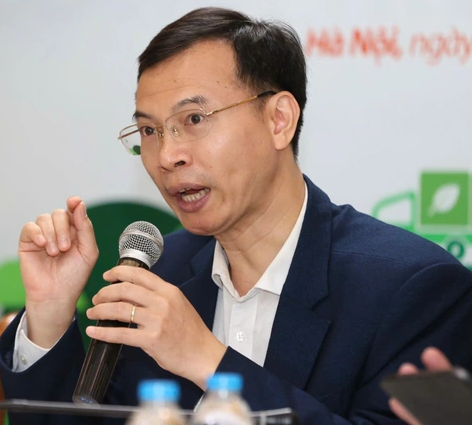
According to Dr. Tran Huu Minh - Chief of Office of the National Traffic Safety Committee: For a long time, we have been concerned about the exposure of traffic participants in polluted environments. If we understand it broadly, in the past, the world approached it in a physical way, meaning if that person left home and returned home, it meant they were safe.
However, if during that trip, a person is exposed to an environment polluted with many toxic substances, that person can still get to the destination and return safely. But in that environment, this person has been exposed and after 5-7 years, has major health problems such as lung problems. These are problems that, if understood broadly, are also traffic safety in terms of health in traffic safety.
Source: https://daidoanket.vn/phat-trien-xe-xanh-van-con-thach-thuc-10302435.html








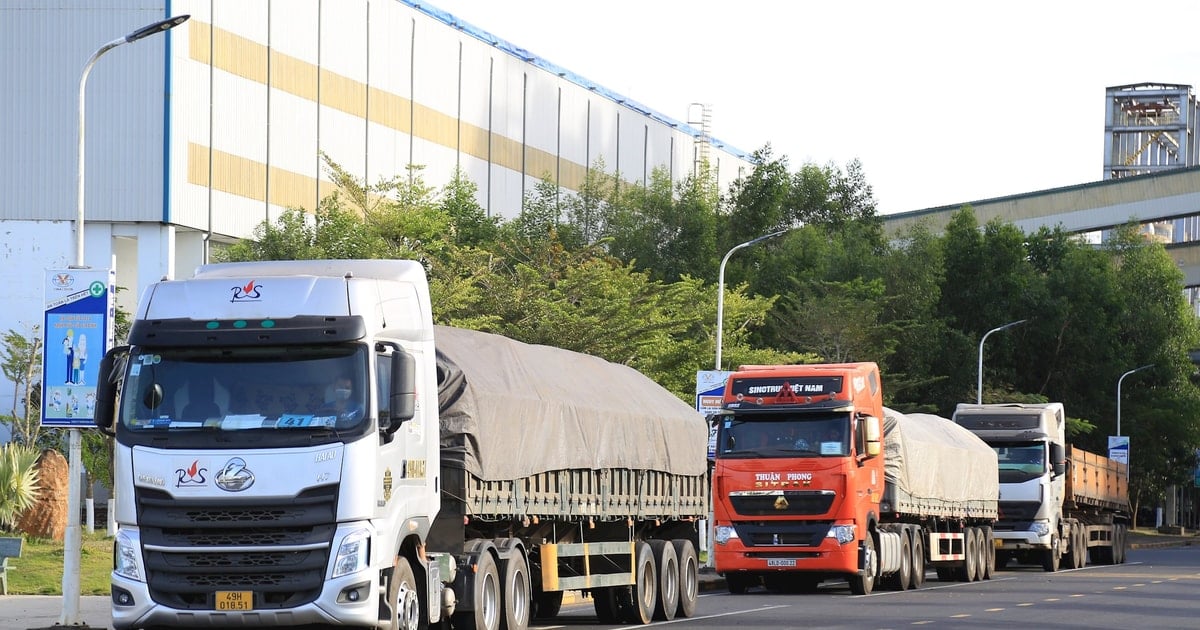

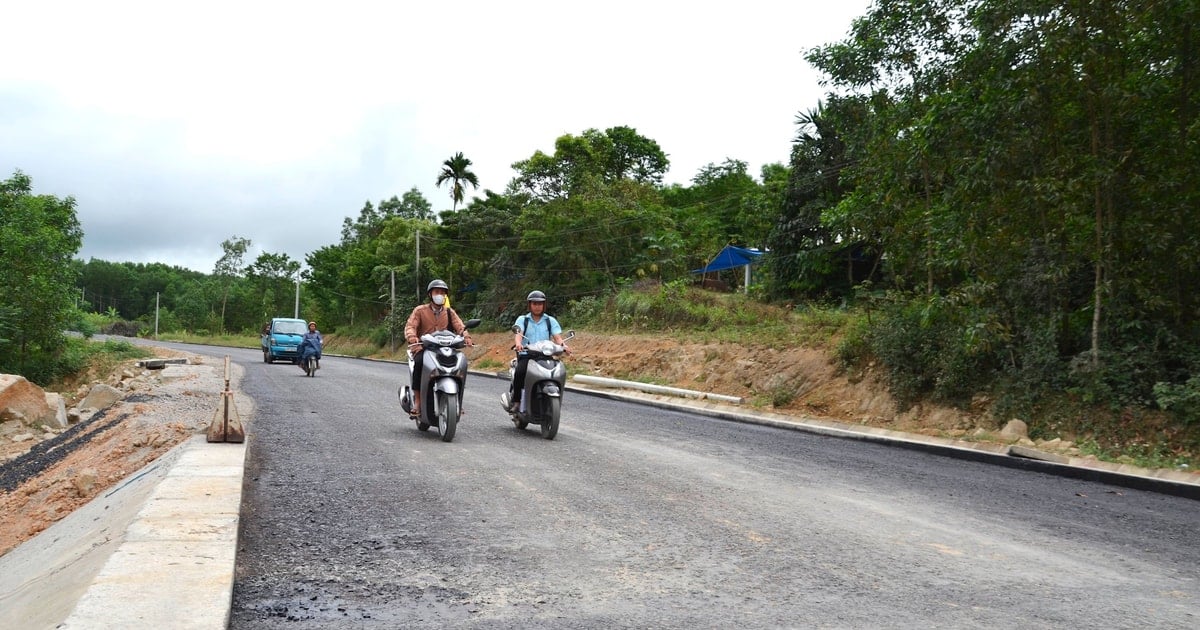
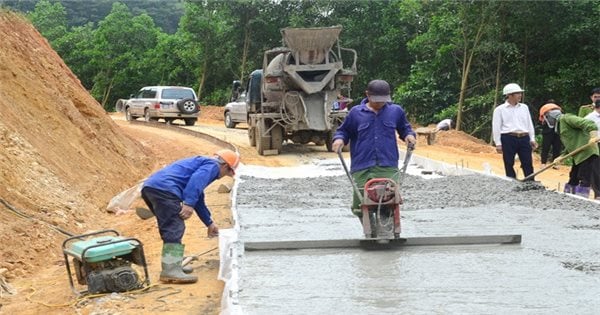



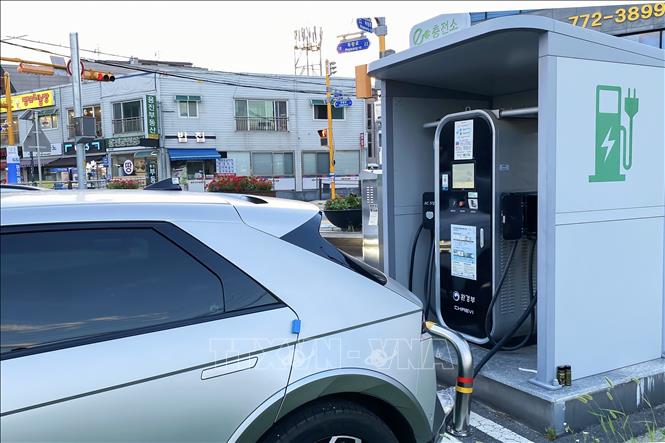





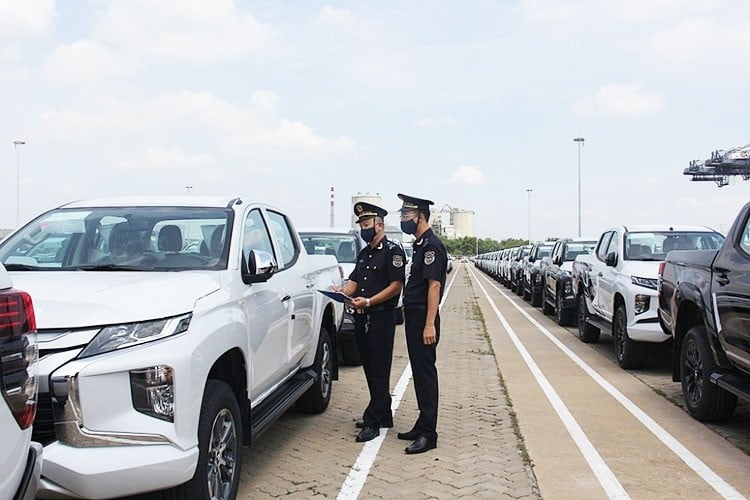





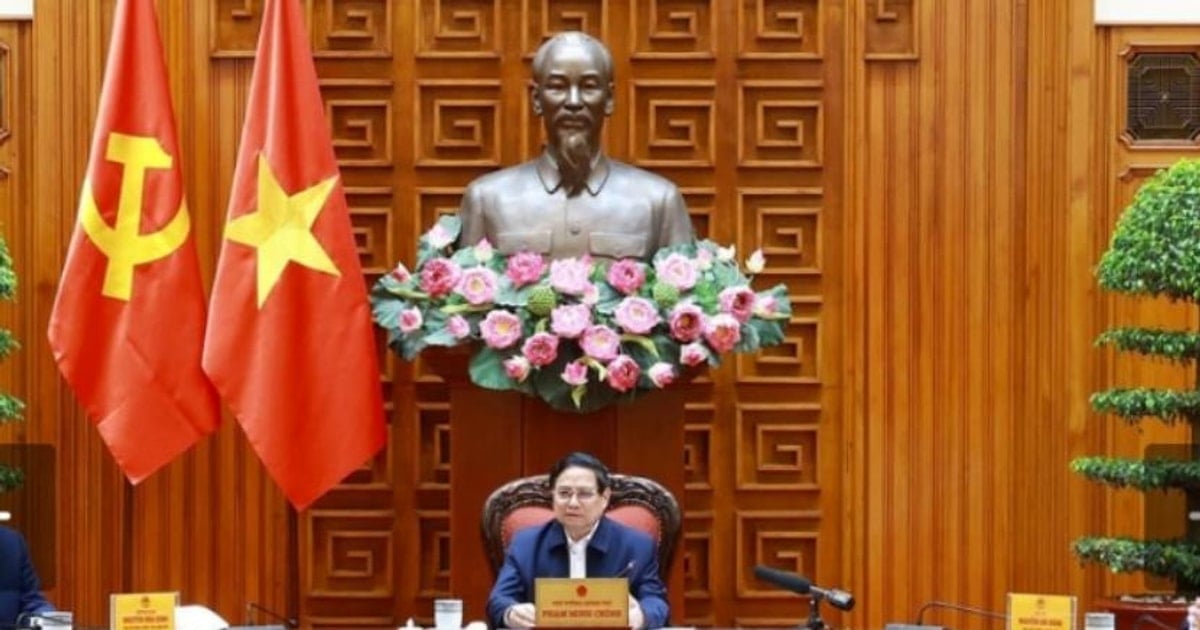
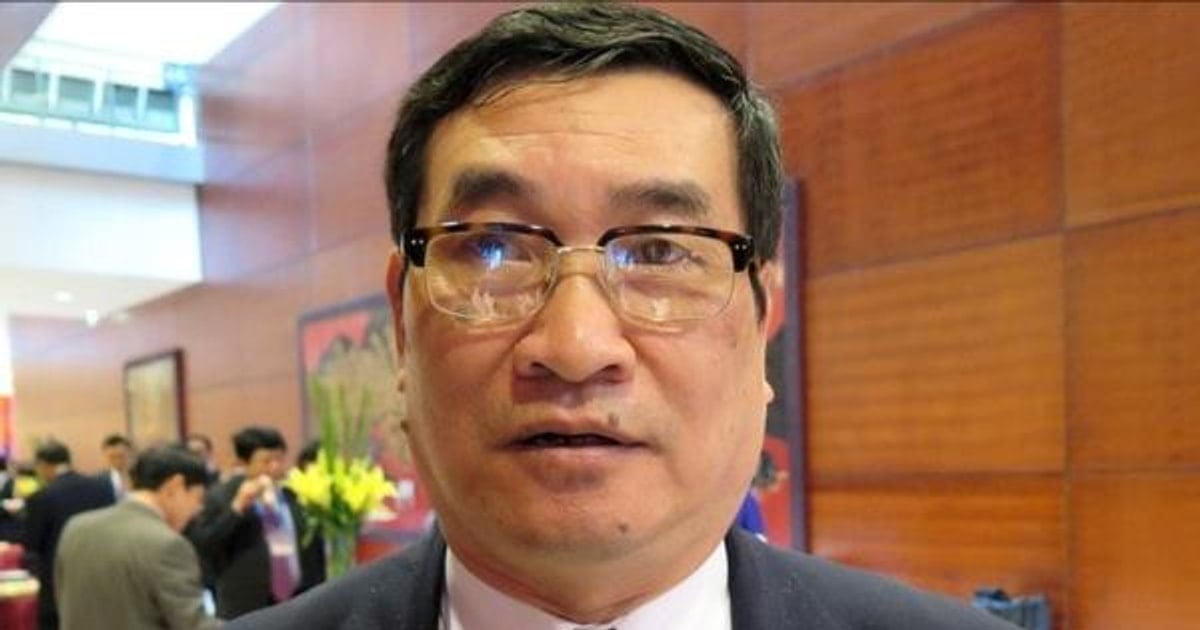
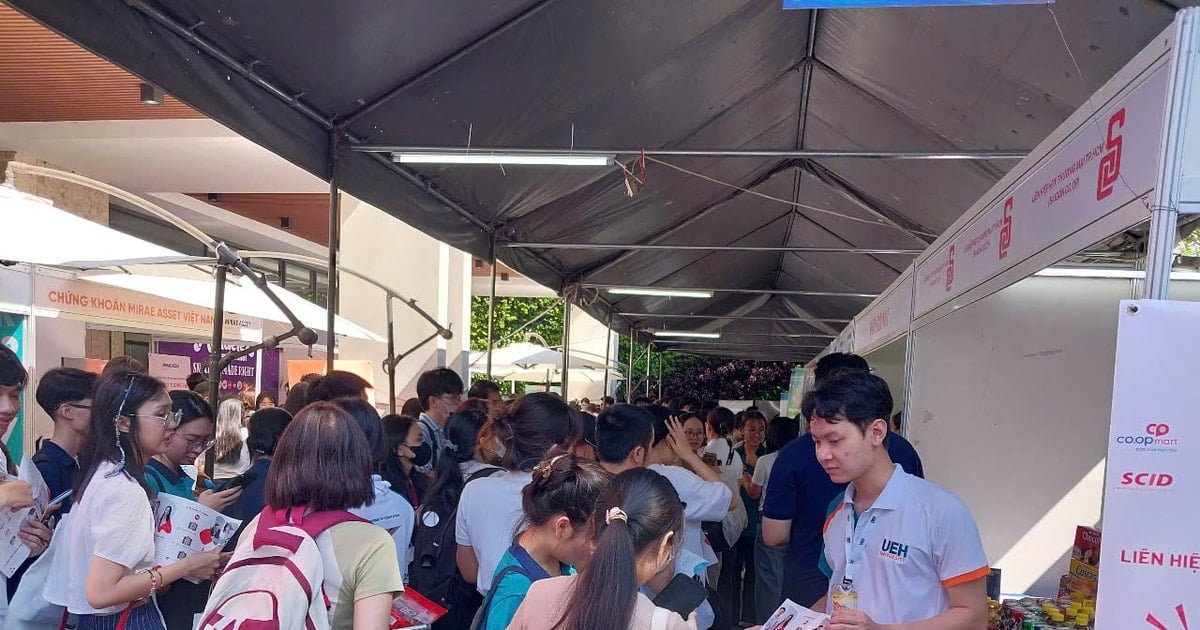



![[Photo] Visiting Cu Chi Tunnels - a heroic underground feat](https://vstatic.vietnam.vn/vietnam/resource/IMAGE/2025/4/8/06cb489403514b878768dd7262daba0b)

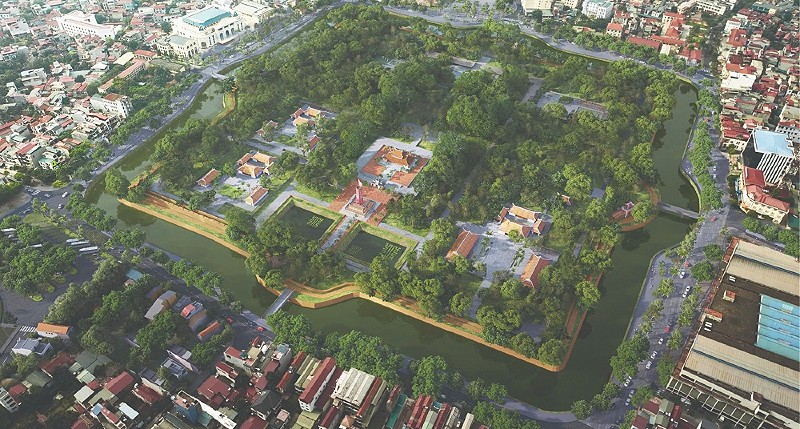











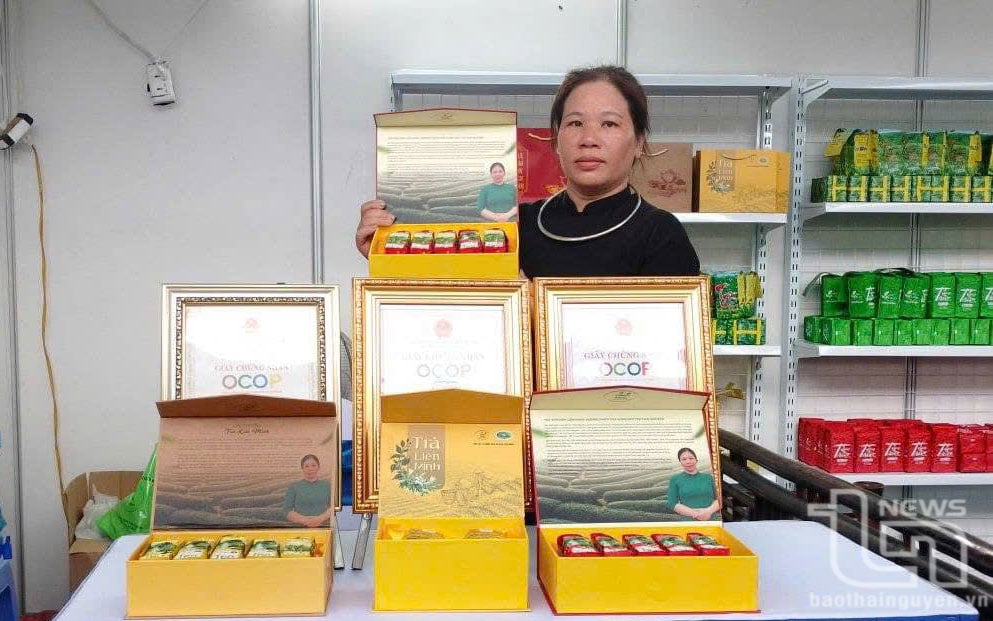







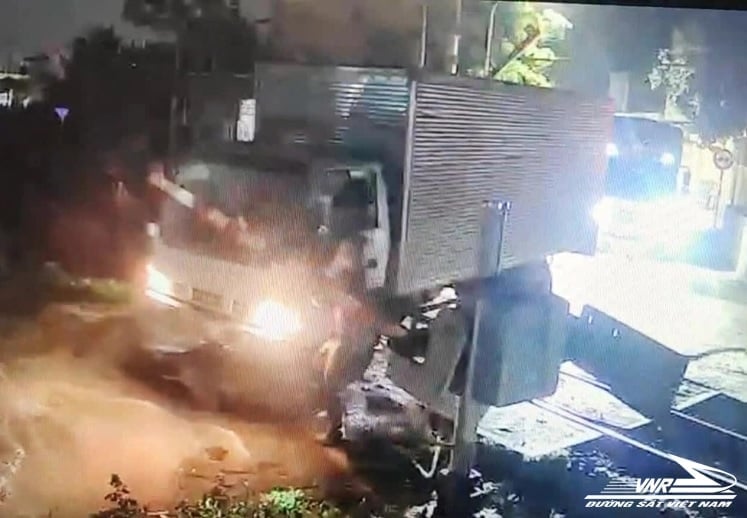
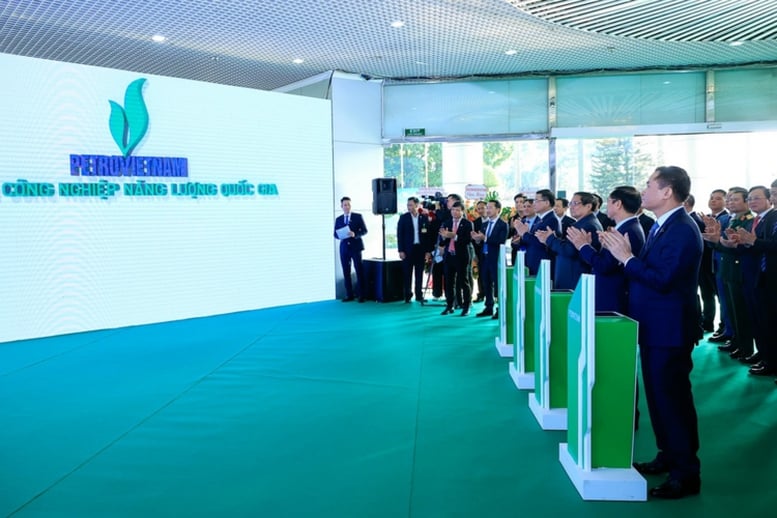

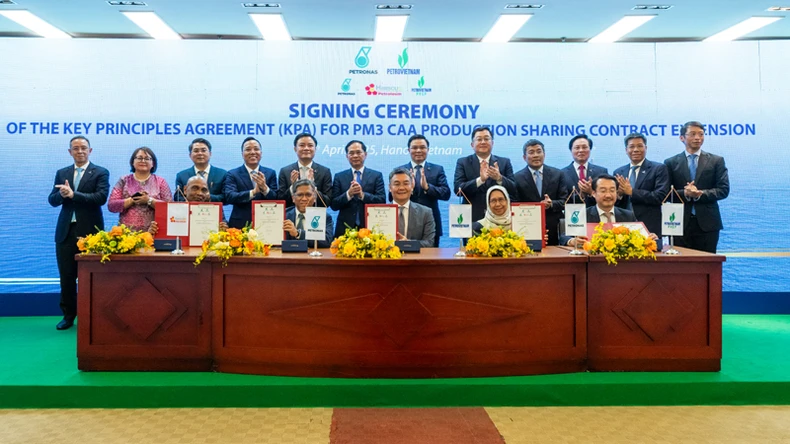

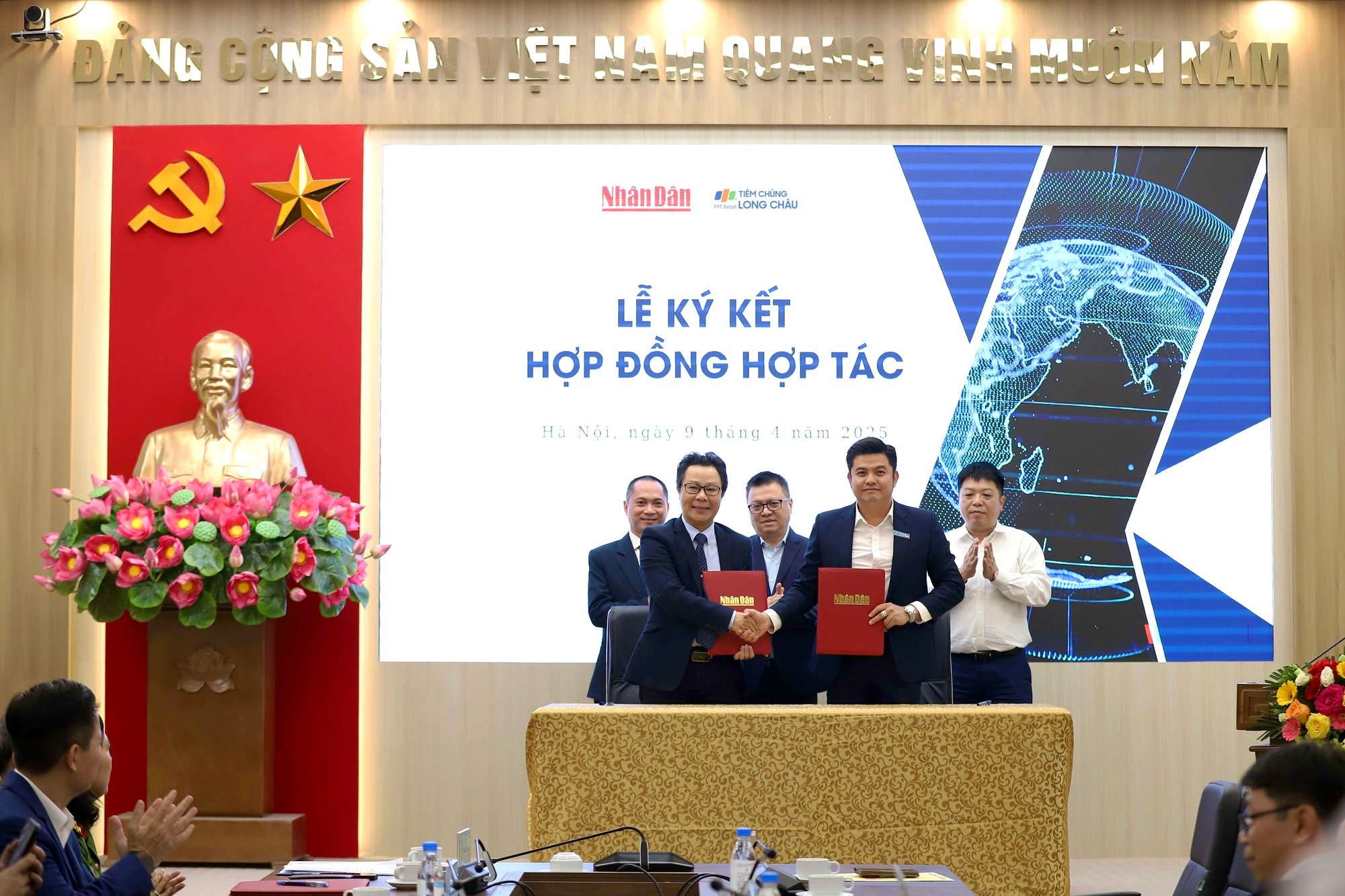

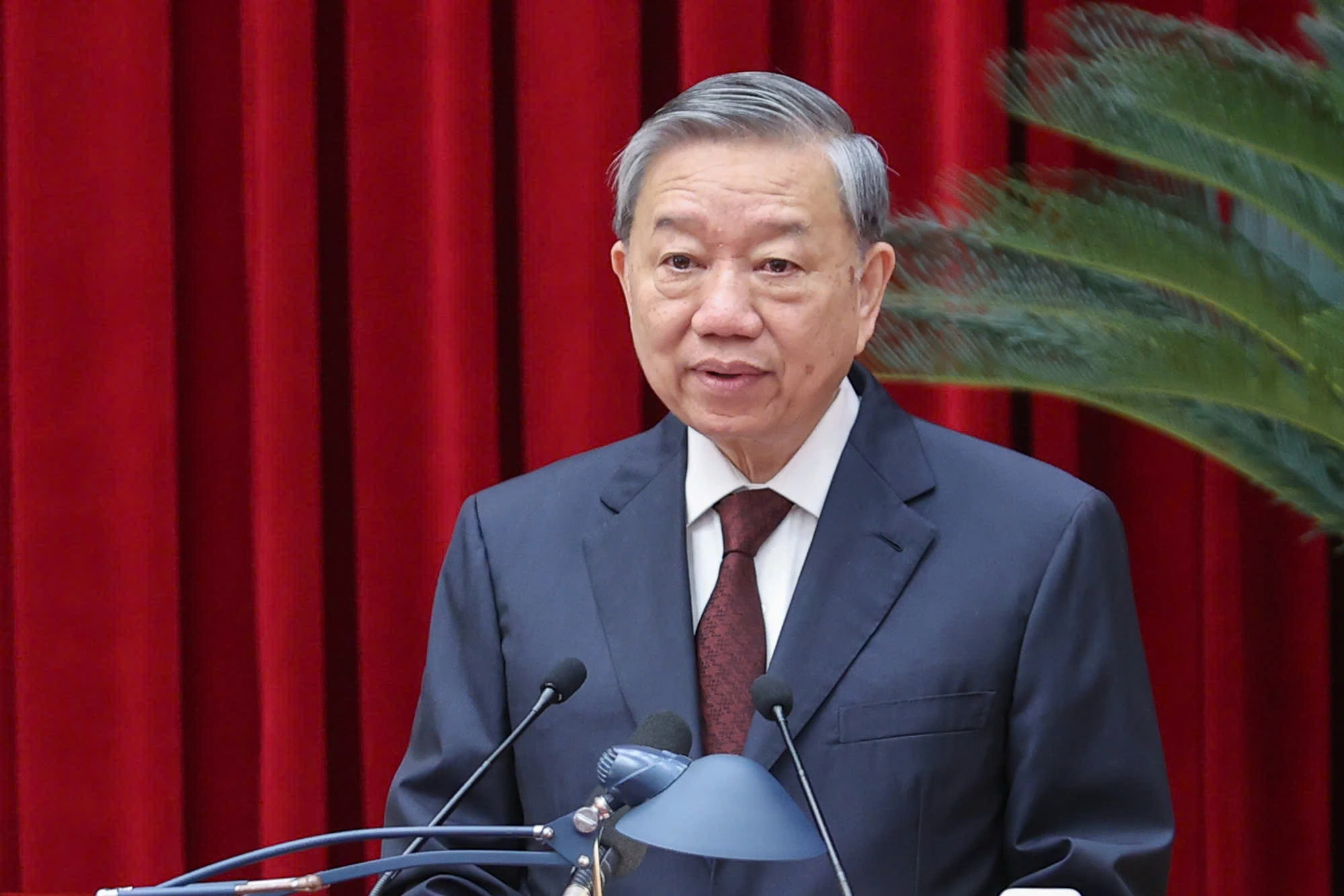

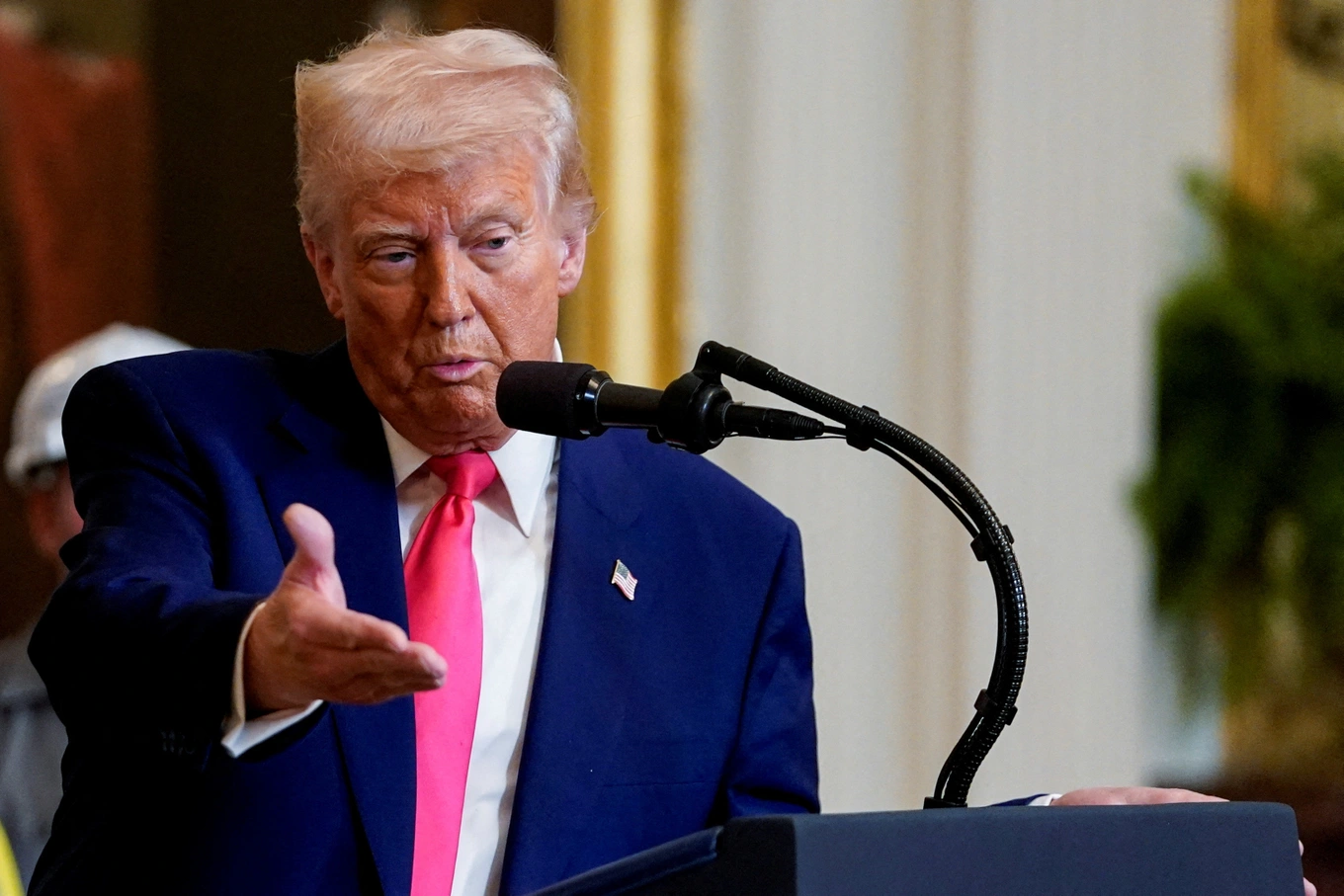

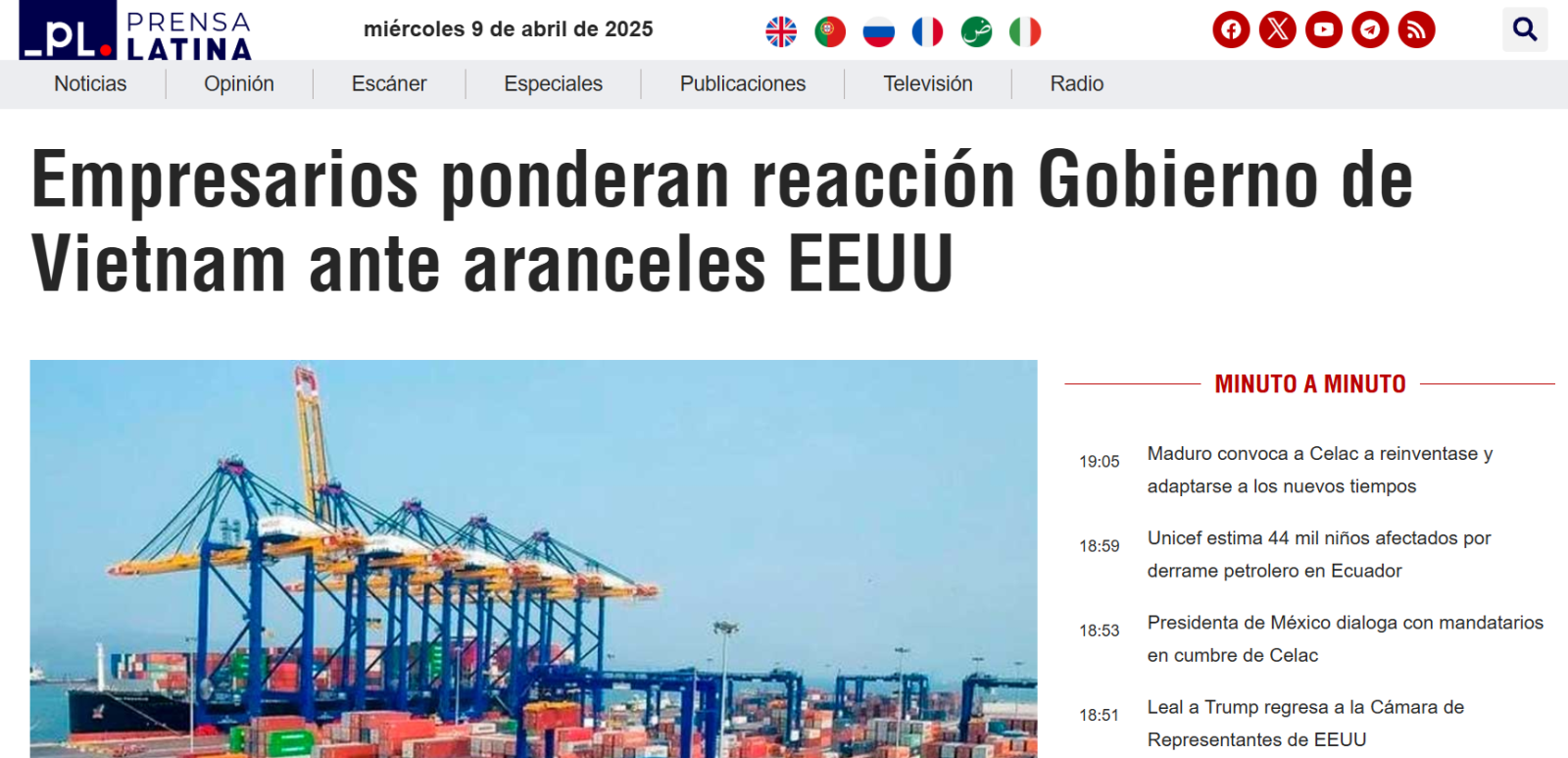











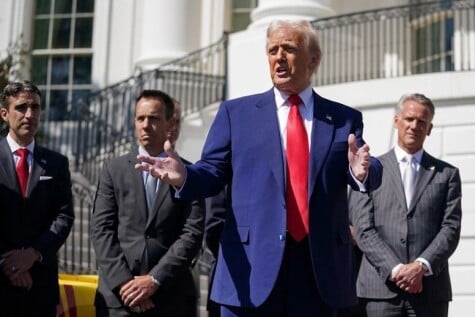

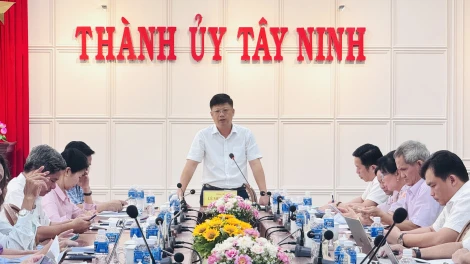








Comment (0)